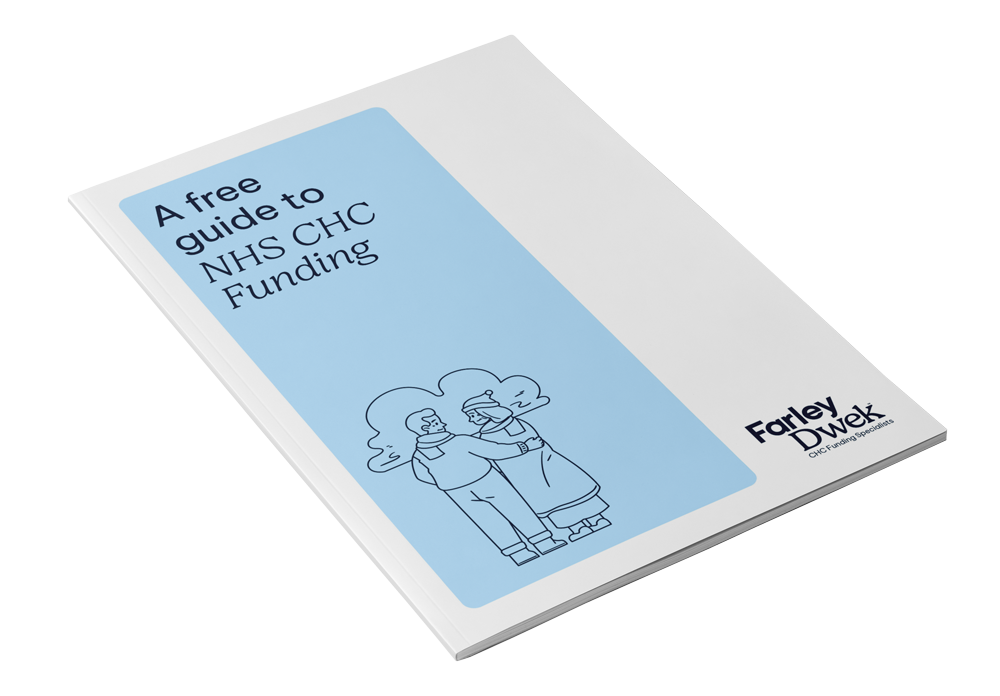| Luton | 12 |
| Berkshire West | 13 |
| Tower Hamlets | 23 |
| Bath & NE Somerset | 23 |
| NE Essex | 24 |
| Newham | 24 |
| Hastings & Rother | 25 |
| Croydon | 27 |
| High Weald Lewes Haven | 28 |
| Eastbourne, Hailsham & Seaford | 30 |
| City & Hackney | 30 |
| Guildford & Waverly | 30 |
| Wolverhampton | 32 |
| Southampton | 34 |
National Care Home Funding Map – ‘Postcode Lottery’
From Calpol… to Care Homes: another NHS ‘secret’ costing families thousands
- Nearly 100,000 families in England and Wales losing out on up to £72,000 per year
- Homeowners clobbered by ‘secret’ funding pot for care homes
- Families see inheritance wiped out by wrongly paying parent’s care home fees
Care home funding map: why it matters
Homeowners are missing out on billions of pounds worth of care home places for their elderly parents because of a ‘secret’ NHS funding pot, say experts.
New official statistics prove families in more affluent areas are up to ten times less likely to get NHS Continuing Healthcare Funding than people in poorer areas despite being entitled to it.
The news come days after thousands of parents discovered they are entitled to medication including Calpol on the NHS.
Lawyers say the NHS is ‘shamefully’ keeping the funding secret which misleads home owners into paying privately for care homes they should be getting free and have produced a league table to prove it.
NHS Continuing Healthcare Funding is a free package of care for people with significant ongoing healthcare needs. Just 58,000 people in England currently receive it but it is believed more than 150,000 are actually entitled to it.
More than one million people have been forced to sell their homes to pay care home fees over the past five years according to research by NFU Mutual. The average cost of a UK nursing home is £738 per week – almost £40,000 a year. Some homes cost £1,500 per week.
In Tyneside, 246 people per 50,000 receive the funding meaning you are ten times more likely to secure funding than if you live in Reading where just 12 in 50,000 get the funding.
Andrew Farley, of Farley Dwek Solicitors, is acting for hundreds of families across England wrongly denied the funding:
“We’re not talking about a £2.99 bottle of medicine here; we’re talking about thousands of pounds a month being wasted by families who are entitled to free care home funding.”
“It doesn’t matter how much cash you’ve got in the bank or how much your house is worth. The fact is NHS Continuing Healthcare Funding is not means tested and if you qualify you should get it.”
“It is shameful that local NHS professionals aren’t doing a good enough job in raising awareness of the funding. It spells the difference between paying nothing for your parent’s care in a nursing home and forking out at least £700 a week and nearer £1,500 per week in some parts of the country.”
“The assessment system is complex and it’s clear from the statistics that awareness of the funding differs across the country and I put this down to middle class families in wealthier suburbs assuming they have to pay fees of thousands of pounds per month just because they own a property or have some savings in the bank. The availability of funding is about health not wealth and I feel the NHS is quietly allowing people who they know are entitled to the funding pay for it themselves.”
“It could also be that a postcode lottery system exists because the rules are wrongly being applied differently in different parts of the country by local NHS chiefs.”
“It’s disgraceful that it’s easier to get funding in some regions than others and families should seek professional advice if they feel they qualify or their relative has an assessment coming up for NHS Continuing Healthcare Funding.”
NHS Continuing Healthcare Funding can be used in your own home or in a care home setting where the NHS will pay for your care home fees, including board and accommodation. The funding is not means-tested and is based on health assessments, carried out by local Clinical Commissioning Groups (CCGs).
The CHC Postcode Lottery – updated
The recent figures below highlight the national geographical discrepancy between the highest and lowest areas for NHS Continuing Healthcare Funding per 50,000 of population (NHS 2019/20 Q2 data):
Highest success
| Salford | 211 |
| Airedale, Wharfedale & Craven | 172 |
| Blackpool | 156 |
| Heywood, Middleton & Rochdale | 151 |
| Bury | 145 |
| Richmond | 139 |
| Cannock Chase | 133 |
| Stafford & Surrounds | 128 |
| North Staffordshire | 127 |
| Wigan Borough | 123 |
| South Tyneside | 117 |
| Bradford Districts | 117 |
| South Tees | 116 |
| Stoke on Trent | 114 |



